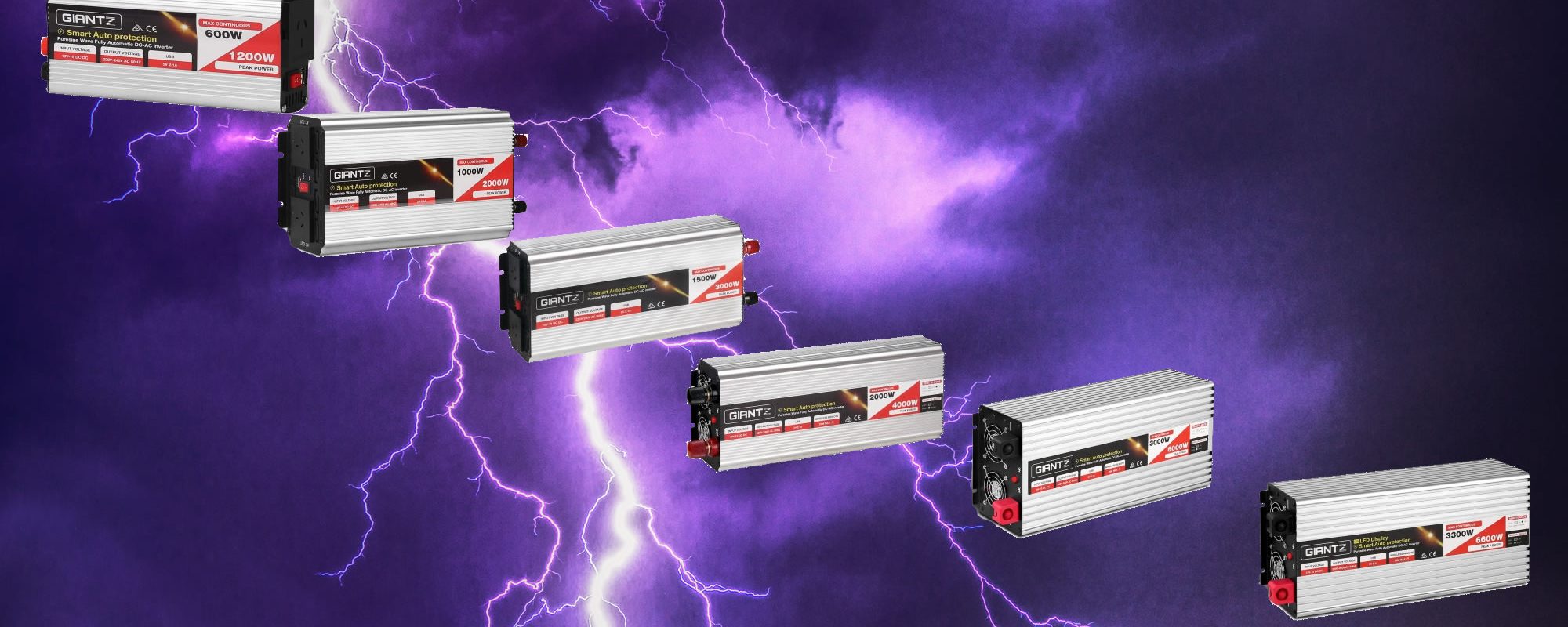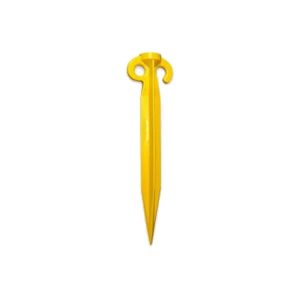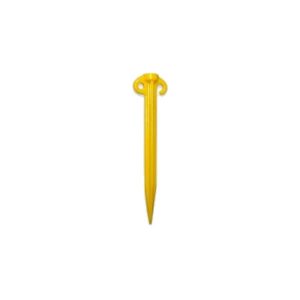What size power inverter do I need?
This is a question we get asked a lot, and the answer is more complicated than you think.
There’s a few considerations that you’ll need to take into account when you decide on the power inverter that you install into your car, or camper. The main factors that we look for include:
- What will you be running off your inverter? Are you just charging a couple of phones or a camera or two, or are you running a microwave over or hairdryer?
- What battery capacity do you have available?
- What wiring can you use?
What will you be running off your inverter?
If all you need is to charge a couple of mobile phones or similar, then a 600W power inverter will easily run what you need. If you want to run a microwave over, hairdryer, or another high-powered appliance, you’ll need anywhere from a 1,500W power inverter to a 3,300W power inverter.
To find out what you’ll need, figure out what you want to run, and look at how many watts each item uses. Phone chargers can use between 10 and 50 watts. Hair dryers can use up to 1,500 watts, and microwaves can be over 2,000 watts. Think about what you want to run at the same time and add all of those together to get your final wattage figure.
What battery capacity do you have to power your inverter?
Most people will run their power inverters from an auxiliary battery (probably a deep-cycle AGM or lithium). We recommend this too, for obvious reasons!
You will need to know how long you want to run your inverter for, and how many amps you’ll be using. As an example, if we look at an 85-AH AGM battery, it can provide this power (figures are genralised for this example, please consult your own batteries information for more accurate details:
- 20-hr. (6.00A to 10.80 volts)
- 10-hr. (10.3A to 10.80 volts)
- 5-hr. (12.4A to 10.50 volts)
- 1-hr. (61.8A to 9.60 volts)
For different power inverter sizes, you’ll have different amps required (at maximum power):
- 600W – 50 amps
- 1000W – 84 amps
- 1,500W – 125 amps
- 2,000W – 167 amps
- 3,000W – 250 amps
Reading into that, a 85AH battery will run a 600W power inverter at full use for just over an hour until the battery needs to be recharged.
Of course, you’re not going to run this at full output often (we hope), but you’ll still need to calculate what sort of amps you’re going to need – and remember to factor in a small extra allowance for the inverter itself as they do use a bit of power to work.
If you’re going to run your power inverter from your cranking (main) battery, please be careful about how long you use it for, and ensure that you only power it up when you really need it. The last thing you want is to be stranded in the middle of nowhere with a flat starting battery!
What wiring will you use to connect your inverter?
This is a big one that a lot of people get wrong, sometimes with disastrous consequences.
The only consideration that you need to think about here is how many amps your wire can handle. Check here for a great wire size chart. Make sure that the size wire that you choose can handle the amps that are needed by your power inverter.
So why not use thinner wire? That’s the disaster that we were talking about before. If you try to send more amps through a wire than it can handle, two things could happen:
First, the wire could melt, and this would lead to the wire either losing connection, or melting through the plastic sheath to short circuit somewhere in the car. That’s bad if it’s to some metal part on the interior, but it’s worse if it’s short circuiting through you!
Second, if the wire overheats it can cause a fire, and I shouldn’t need to tell anyone just how bad that is.
We hope that this short guide has cleared up a few questions about 12V-240V power inverters. If you have any questions about this, or any other questions, please let us know. We’d love to hear from you.





